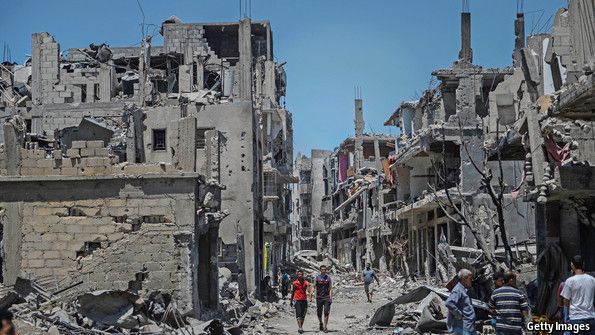Humanitarian aid finally arrived in the Gaza Strip on Saturday, marking a ray of hope amid the ongoing crisis. This lifeline comes after 12 days of a devastating siege imposed by Israel, which resulted in the loss of many Palestinian lives.
The first convoy of aid, consisting of 20 trucks, crossed into Gaza through the Rafah border crossing with Egypt. These white-flagged trucks, accompanied by the sound of honking horns, carried essential supplies that were urgently needed by the residents of Gaza. This arrival is a glimmer of relief for the hundreds of thousands of people who have been made homeless due to Israel’s relentless air war.
However, there is a crucial omission in the aid package. The trucks did not include fuel supplies necessary to power generators and emergency vehicles. The absence of fuel puts the lives of patients and the injured at risk, as it directly affects the ability of Gaza hospitals to provide critical medical interventions.
In response to this aid convoy, Palestinians expressed their disappointment, considering it a “drop in the ocean.” While any assistance is desperately needed, the exclusion of fuel, a fundamental requirement, underscores the ongoing challenges faced by the people of Gaza.
The United Nations, along with various agencies, has called for an immediate ceasefire and unrestricted humanitarian access throughout Gaza. This call is a crucial step to ensure that humanitarian actors can reach civilians in need, save lives, and prevent further suffering. The statement emphasizes the need for humanitarian aid to be at scale and sustained, allowing all Gazans to maintain their dignity.
The responsibility of receiving and distributing this life-saving aid falls on the Palestinian Red Crescent, as confirmed by the United Nations.
US Secretary of State Antony Blinken welcomed the opening of the Rafah crossing but echoed Israel’s concerns that aid should not end up in the hands of Hamas. It is essential, he stated, that all parties cooperate to keep the Rafah crossing open to facilitate the continued movement of aid, vital for the welfare of Gaza’s people. However, he also emphasized that Hamas must not interfere with the provision of this life-saving assistance.
In the backdrop of these humanitarian efforts, Israel continued its heavy bombardment of targets across Gaza, with Prime Minister Benjamin Netanyahu vowing to “fight until victory.” Tens of thousands of Israeli troops have been deployed to the Gaza border, raising the possibility of an imminent ground offensive.
The situation in Gaza remains dire. According to Gaza’s health ministry, Israeli air and missile strikes have claimed the lives of at least 4,385 Palestinians, including hundreds of children, while over a million people have been displaced. Nearly half of Gaza’s residents are now displaced, and the UN reports that at least 30% of all housing in the territory has been destroyed or damaged.
The challenges facing the people of Gaza are immense, and while the arrival of humanitarian aid is a positive development, the road to recovery remains long and arduous. As the crisis in Gaza unfolds, the world watches with bated breath, hoping for a resolution that brings an end to the suffering.


